DP Robbie Ryan ISC BSC made the most of shooting 2-perf KODAK 35mm film for director John Maclean's Samurai Spaghetti Western 'Tornado'
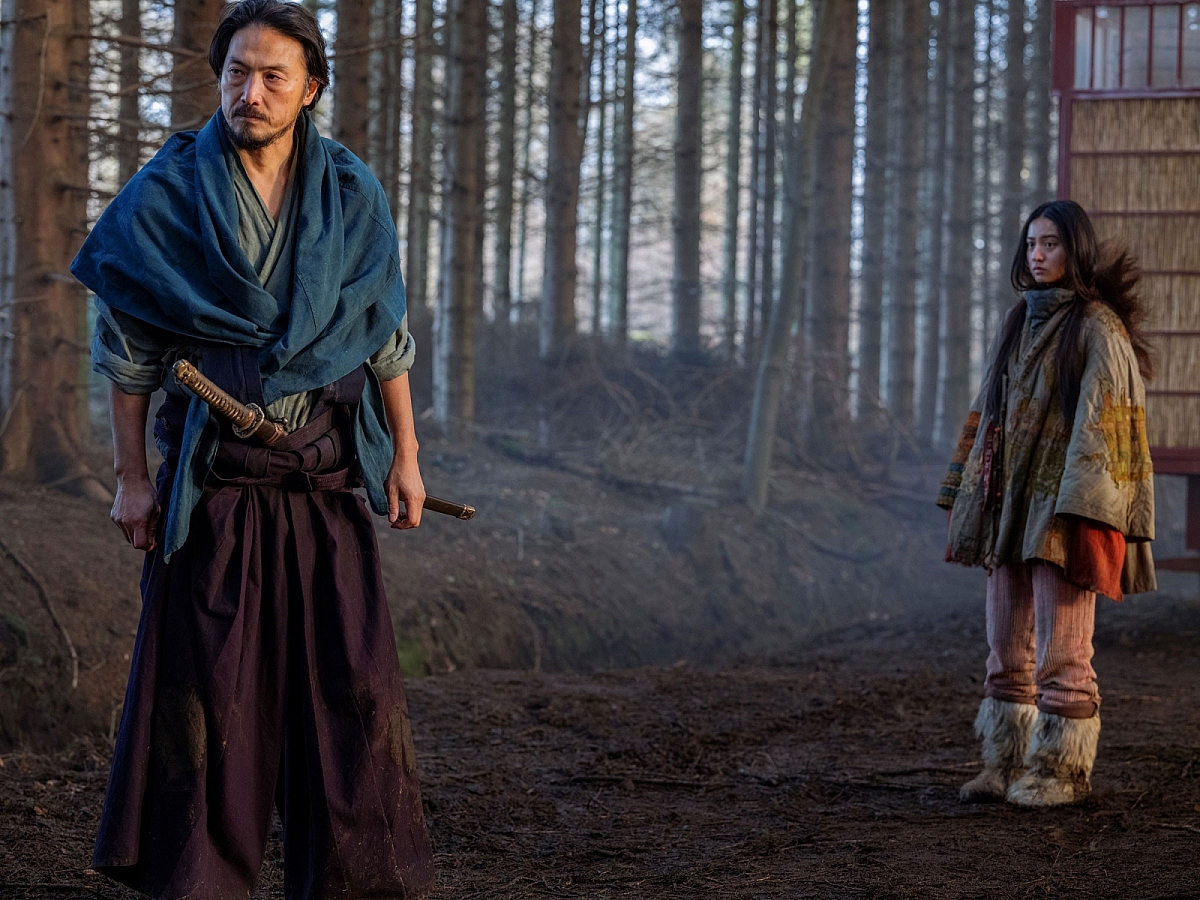
TORNADO, directed by John Maclean. (c) 2024 Norman Wilcox-Geissen
Set in the rugged, windswept outcrops of the Scottish Highlands in 1790, the 90-minute feature follows Tornado, a young and determined Japanese woman, who finds herself caught in a perilous situation when she crosses paths with a gang of ruthless thieves.
After her father's travelling Samurai puppet show gets ambushed by the notorious criminals, Tornado decides to seek vengeance and forge her own destiny by stealing the gold from their most recent heist, with blood-spattering consequences.
Made for under $5M, the genre-blending film earned positive reviews for the performances of Kôki as Tornado, Tim Roth as gang leader Sugarman, Jack Lowden as his ambitious son Little Sugar and Takehiro Hira as Fujin, Tornado's father, in bringing gravitas to their characters with very little dialogue. DP Robbie Ryan's work was lauded as visually-compelling for capturing the bleak beauty of the locations and the foreboding sense of dread in the story.
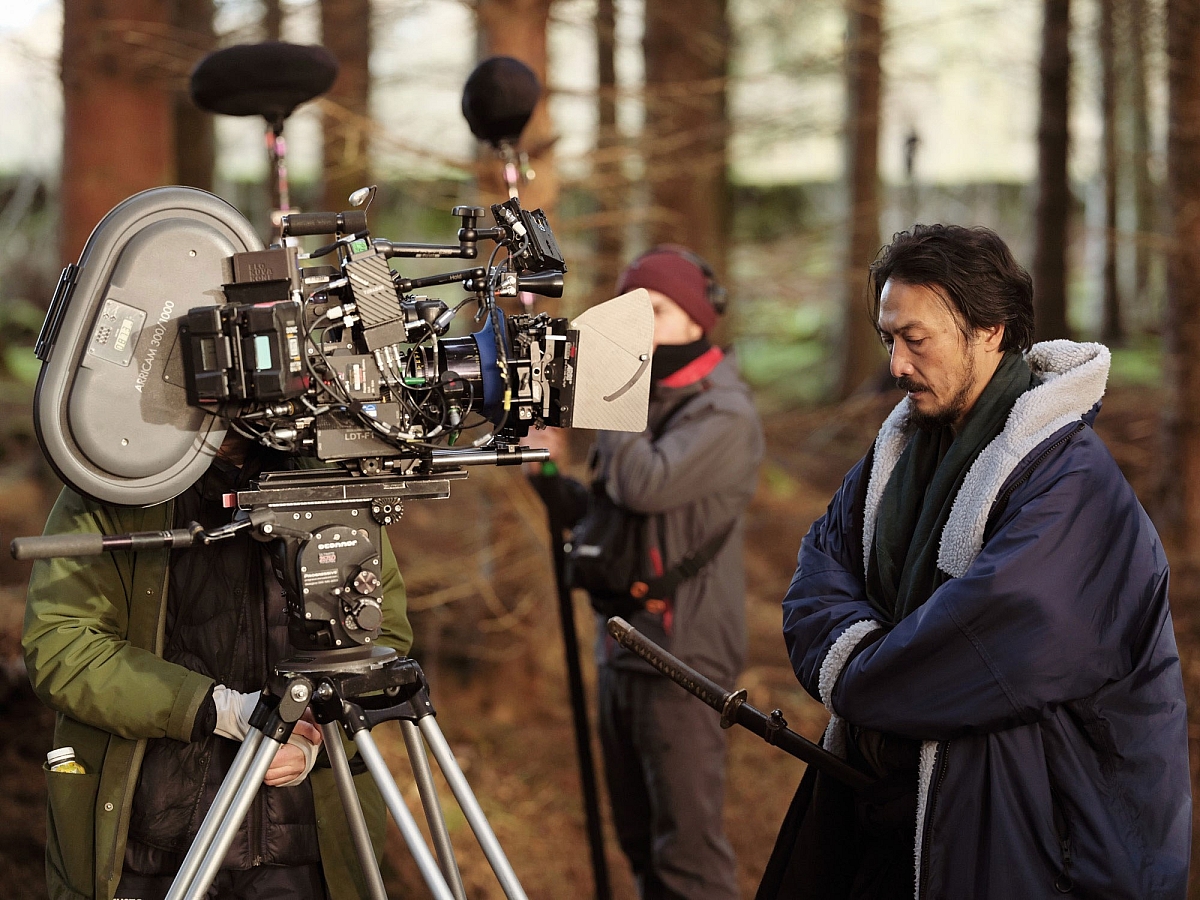
During production on TORNADO. (c) 2024 Norman Wilcox-Geissen
The film marks Ryan's third collaboration with Maclean, whom he describes as "a good friend," following their work together on the short Pitch Black Heist (2011), which won a BAFTA for Best Short Film, and the acclaimed revisionist Western Slow West (2015). Along with being a director, Maclean is also an artist of some distinction and a member of experimental Scottish group The Beta Band, often being involved in the band's experimental music videos.
"John's a very talented and intuitive director, with a lot of arrows in his quiver. I loved his script – very cinematic, with very little conversation between the characters who are displaced from their normal milieux," says Ryan.
"It was also a project that was dear to my heart, too. John originally told me his idea for it when we made Slow West, and I was there with him the whole way throughout the following eight years, trying to help him obtain the financing to get it made. So I was super-proud when it was greenlit."

DP Robbie Ryan ISC BSC at the camera during production on TORNADO. (c) 2024 Norman Wilcox-Geissen
Tornado was filmed over 25 shooting days, between January and March 2024, in the countryside and forests around Carlops, a village nestled in the Pentland Hills of the Scottish Borders, around 15 miles south of Edinburgh. Locations included Arniston House, North Esk Reservoir, Penicuik and Newhall Estate.
"Landscapes and nature are integral in John's visual storytelling, and even though the weather was changeable every minute, I knew the light and the burnt, earthy browns in the landscapes would register beautifully on film," says Ryan.
When it came to references, features by Akira Kurosawa and Sergio Leone came into the collective reckoning.

Tim Roth with director John Maclean during production on TORNADO. (c) 2024 Norman Wilcox-Geissen
"Although Kurosawa's Samurai films are renowned for their epic scope and intense drama, I don't really know them," Ryan admits. "I prefer those in urban settings, such Rashomon (1950) which is primarily based on the city of Kyoto, and High and Low (1963) in Yokohama.
"Nevertheless, I watched The Seven Samurai (1954) and absorbed the visual style, such as the use of deep focus, which I know John loves, and the tracking shot Kurosawa used as a way of introducing the characters. I thought that would make a great device to reveal our bandits, whilst also being a bit of an homage.
"Sergio Leone's visual style was characterized by extreme close-ups, sometimes just the eyes, that built tension by focusing on the emotional depth of the characters. Using the 2-perf Techniscope format for his Spaghetti Westerns allowed him to juxtapose the close-ups with wide, panoramic shots, comparable to Anamorphic lenses, but with the advantage of using less film stock.
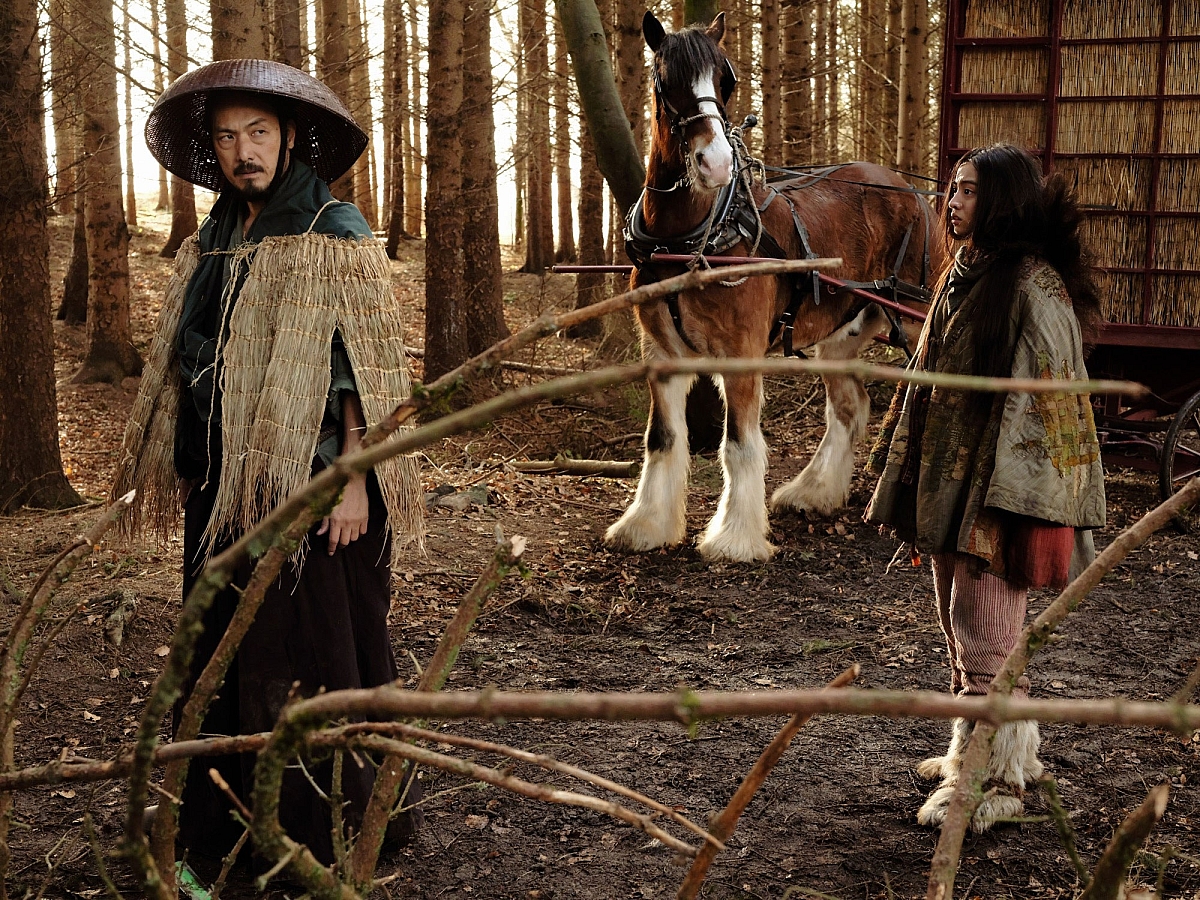
TORNADO, directed by John Maclean. (c) 2024 Norman Wilcox-Geissen
"I knew the widescreen 2-perf frame would be perfect for our landscapes and characters, and because we would be using half the film stock of standard 4-perf 35mm, that it would lower the costs of film purchase and processing, and therefore be very beneficial to the budget, which was miniscule. John prefers to do one take, and rarely does more than three, and that's usually because an actor might request it. We ended up shooting just 61,000 ft of film, averaging 70 ft per shot, which was very economical."
Ryan adds, "Having shot 2-perf on Catch Me Daddy (2014, dirs., Daniel & Matthew Wolfe), I also liked the way that when you point the camera towards the sun, or a lamp, how a flare of light can bleed through from one frame to another. John and I both really embraced that kind of artifice in some of our scenes."
Accordingly, Ryan shot Tornado using ARRICAM LT and ST 35mm cameras, their movements adapted for 2-perf filming, fitted with Panavision Primo prime lenses, plus 19-90mm and 24-275mm Primo Zooms, supplied by Panavision in London.

TORNADO, directed by John Maclean. (c) 2024 Norman Wilcox-Geissen
"The ARRICAMs are such solid cameras – simple, robust and made to last – and it's wonderful that camera houses keep them maintained and in good working order," Ryan notes. "I have photos of me shooting films from 15 years ago, and I'm still standing beside the same cameras today, which is kind of brilliant. That said, you still have to test every camera, every lens, every magazine, to make sure they are all going to work – which they did, without any problems.
"Optically, the Primos are probably my favorite lenses, although they can be a little bit varied between focal lengths in the range, and they have what you might call 'character.' But at T1.9 I knew they would be fast enough in-combination with the filmstocks to get through each day. That said, we mainly shot T8 and T11, even some shots at T22, to give the image the deep focus that John wanted."
Ryan utilized KODAK VISION3 250D Color Negative Film 5207 for the day exteriors/interiors, and KODAK VISION3 500T Color Negative Film 5219 for exterior night scenes and the depths of the forests. Processing and 4K scanning were completed via Kodak Film Lab on the lot at Pinewood Studios, with the final grade conducted by colorist Tom Russell at Lipsynch Post.
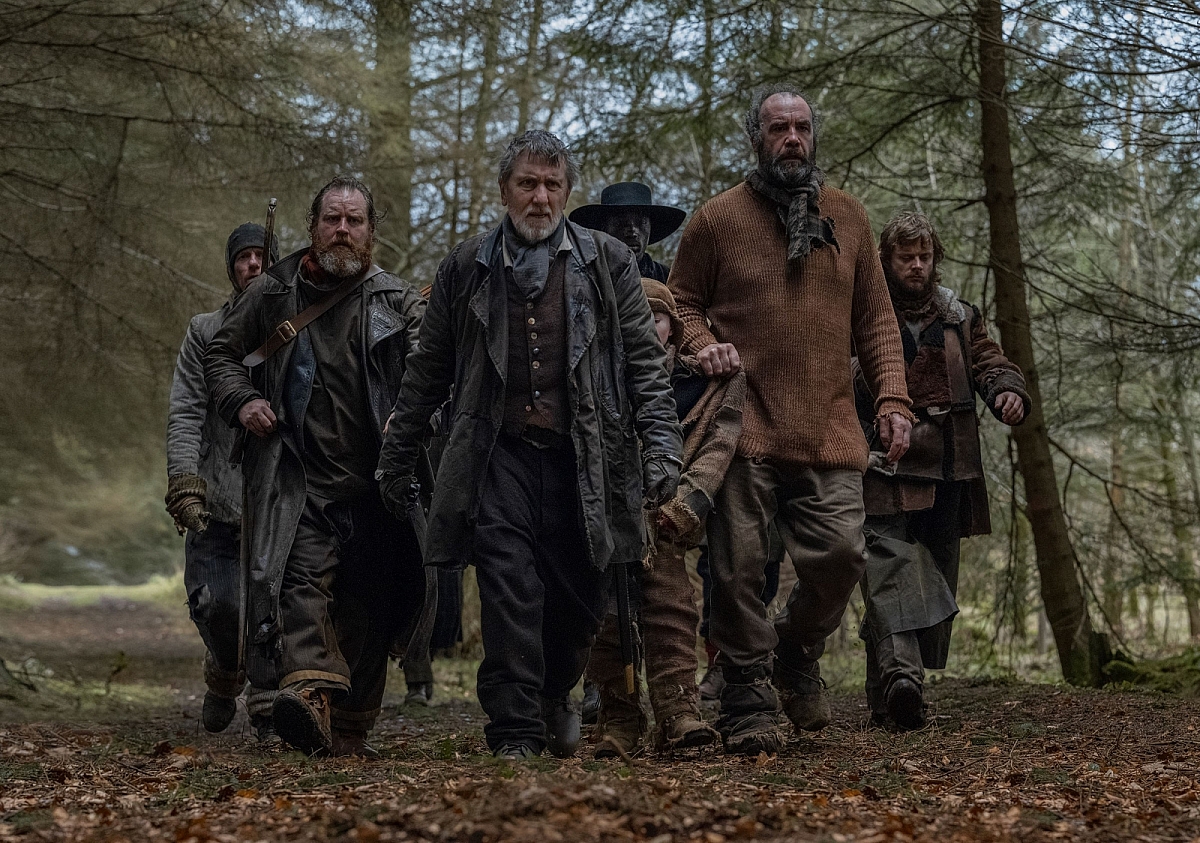
TORNADO, directed by John Maclean. (c) 2024 Norman Wilcox-Geissen
Part of the filmstock package included VISION3 500T AHU, a new stock that does away with the remjet backing and incorporates an all-new Anti-Halation Undercoat layer, or AHU, that is also anti-static/scratch-resistant and produces a cleaner film for scanning and printing.
"We were happy to be guinea pigs, and to try something new," says Ryan. "I worked exactly the same with the new KODAK VISION3 AHU 5219 as I would with the regular 5219 and didn't notice any effect on the rushes at all. The 500T AHU product performed equally to the current VISION3 without any appreciable difference."
"I don't shoot exclusively on film, but I do work with many directors who prefer to," says Ryan, who whose recent credits using 16mm or 35mm film include The Old Oak (2023, dir. Ken Loach), Poor Things (dir. Yorgos Lanthimos) and Bird (2024, dir. Andrea Arnold). Upcoming projects include Anton Corbijn's Switzerland, and Yorgos Lanthimos' Bugonia, filmed almost entirely using 8-perf 35mm VistaVision cameras.
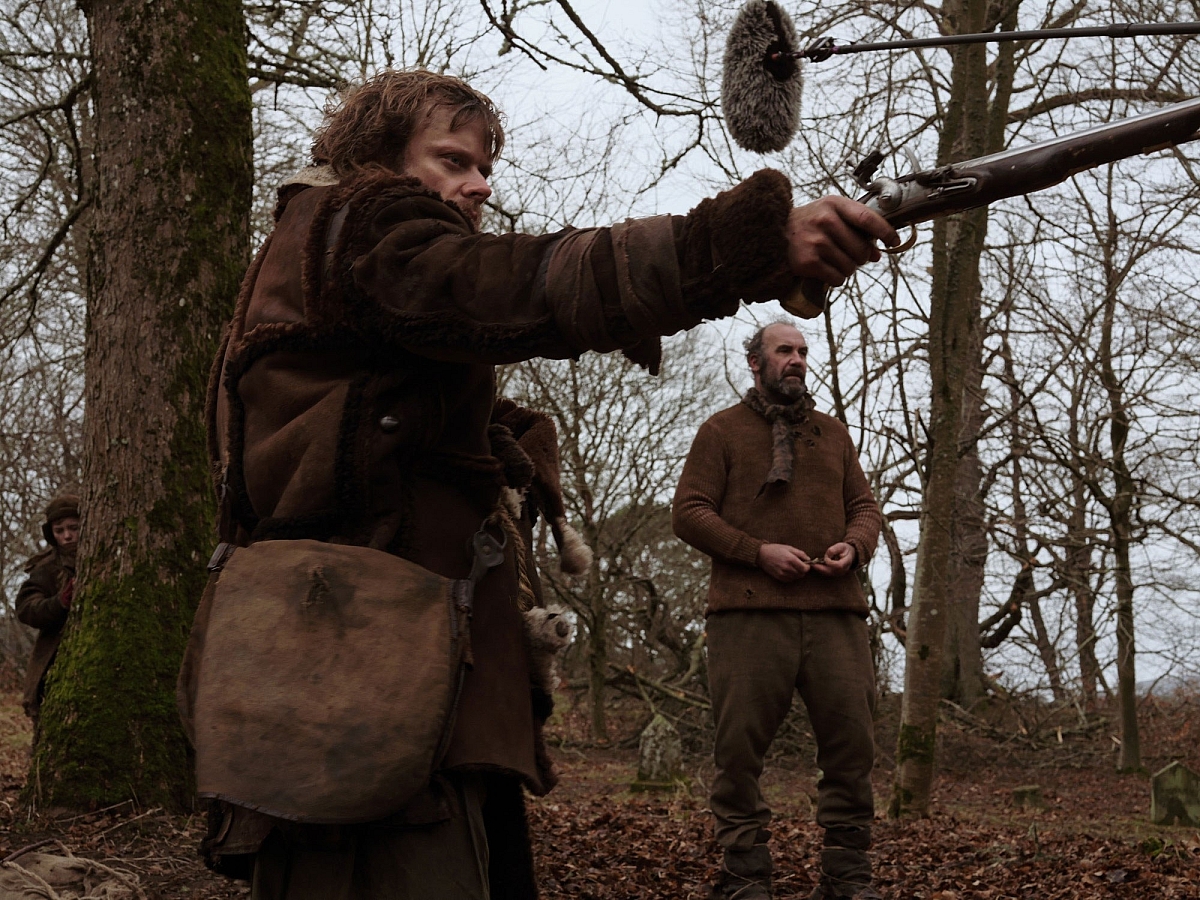
During production on TORNADO. (c) 2024 Norman Wilcox-Geissen
"What I love about shooting on film is that you have a narrow corridor of options," Ryan explains. "Basically, you've got your paper and your pencil, and then the rest is what you do with that during the shoot – the time of day, the lighting, the production and costume design – before the final grade. Tom, our colorist understood the feel of this film really well and took it somewhere special."
Ryan is regarded as a doyen of handheld, but on this occasion preferred to imbue the image with a more composed camera. The 1st AC was Tommy Griffin, with Florence Gilbertson working as 2nd AC, and Patrick Griffin as film loader.
"I have learned a lot about what you can do with dolly and track working with Yorgos, who is very camera-centric and knows how to move the camera to make things look interesting," says Ryan. "John likes a static frame and our basic rule-of-thumb was that the camera would only move when one of the characters moved.
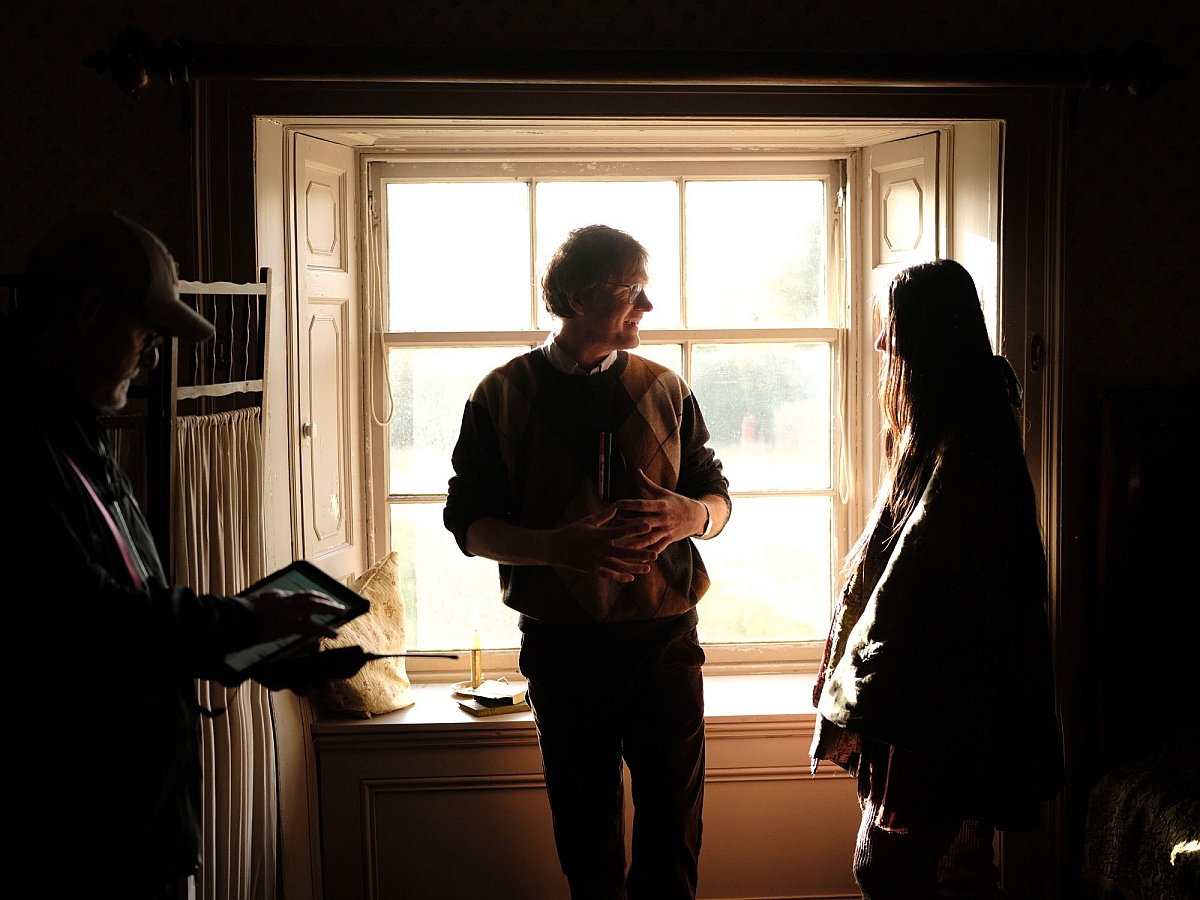
Director John Maclean with Kōki as Tornado. (c) 2024 Norman Wilcox-Geissen
"Of course, there was a lot of running around in this film, and the camera had to move a lot, but I am of the belief that it's not right to mix things up too much. When the camera moves after having been static, it accentuates things all the better, and we preferred using the dolly over handheld, Steadicam or cranes for that."
Rather than employ traditional dolly track, Ryan utilized Delta Track, a specialized system offered by ARRI Rental specifically-designed to work with the company's Hover Dolly, which facilitates smooth moves over long distances.
"It's heavy but solid and having a modular system like that in the middle of all the undulating Scottish terrain, meant it was quicker and more versatile to implement than regular dolly track, where a lot of time is spent getting things level. My key grip Julian Janigo was great at building that."
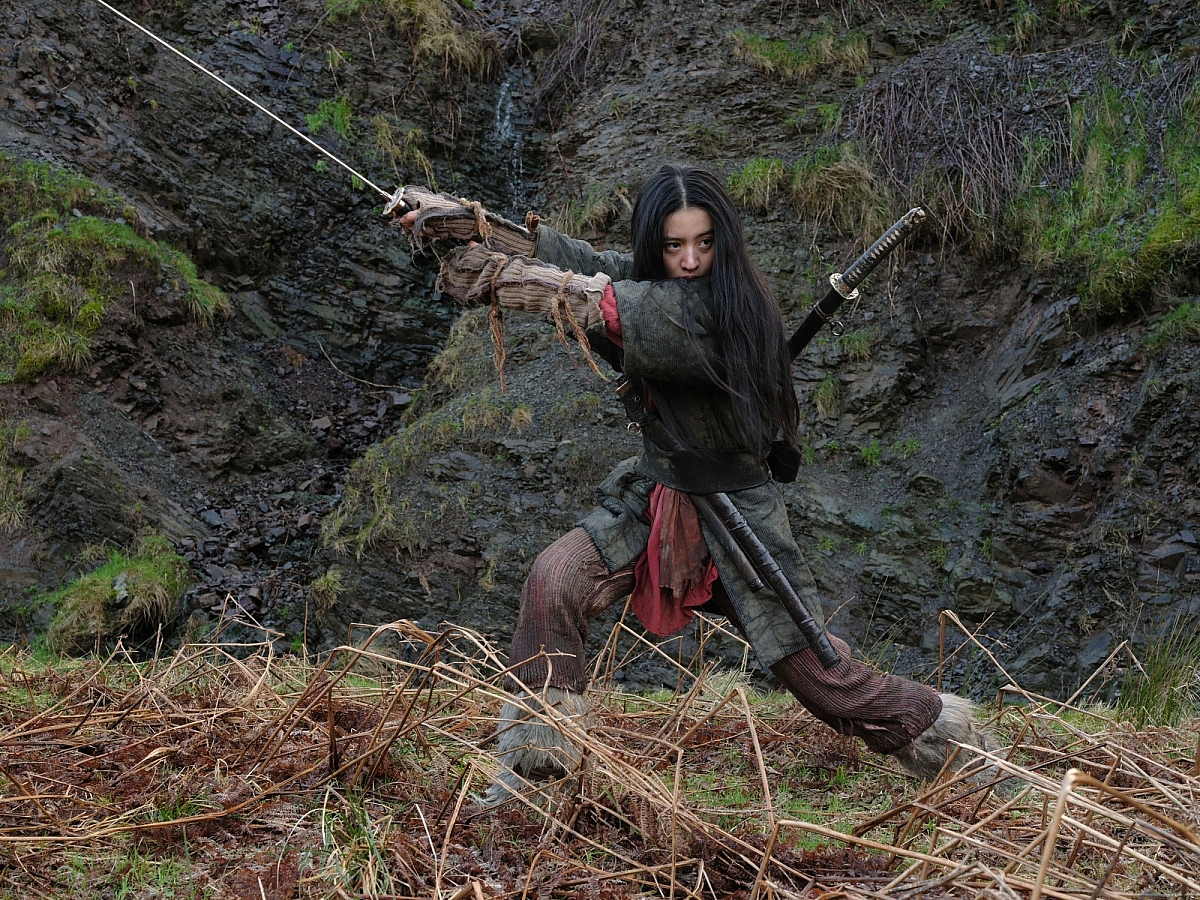
TORNADO, directed by John Maclean. (c) 2024 Norman Wilcox-Geissen
Ryan made sure to have his long-time gaffer Andy Cole ICLS looking after the lighting.
"This film was principally set in natural daylight, and the weather was unpredictable, which made things interesting in terms of the continuity of the light. As we would be shooting a lot in forests, we used Lightstar Luxed-9 bi-color LED spotlights, which have a punchy output akin to a traditional Maxi-Brute, to flood-in light. They are heavy to maneuvre around and cast multiple shadows, but I found three of them line-up together worked really well in the forests. They also gave a good twinkle in the eye. We also used compact Rosco DMG Lumiere Dash lights for scenes such as the interior of the caravan, which helped me get to T8 and John's desire for deep focus."
Looking back on his experience of shooting Tornado, Ryan remarks, "Because of my friendship with John it was like a family affair – nice people, having fun, with the odd party at the weekend. We all worked together for the love of it, with the same kind of energy as you would on a short film. For me it was another good filmic experience, and I am happy that the final result is stamped with John's style and identity."